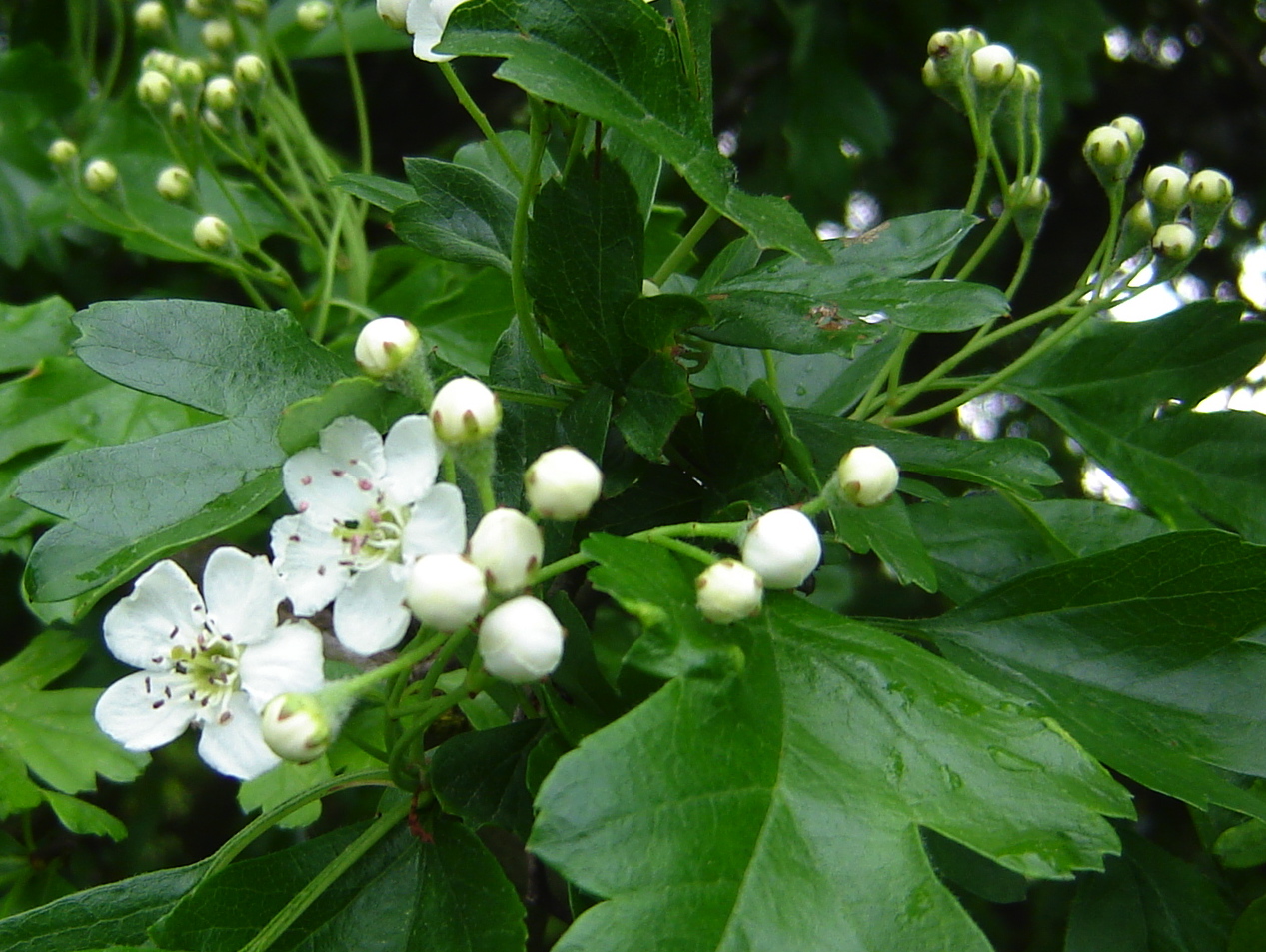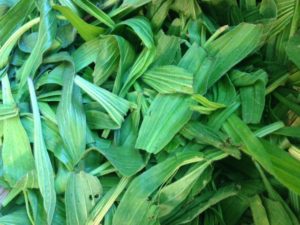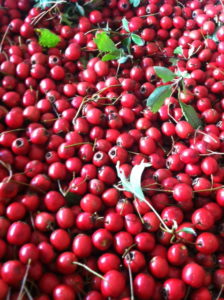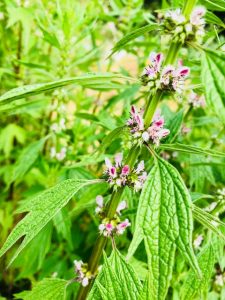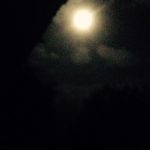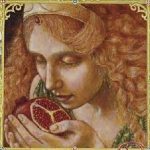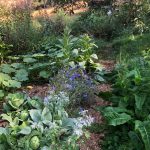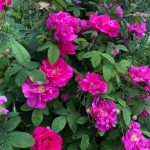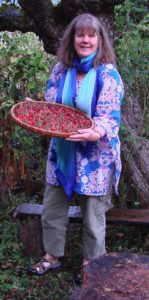This is a companion piece to my blog post, “I am a Wildcrafter”.
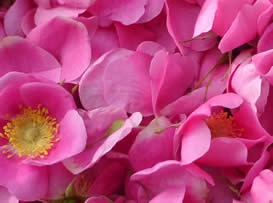
The wild roses are so healing….I make infused oil, vinegar, honey and tincture with them every year. We have about an acre of wild roses on our land.
There are many simple herbal preparations that can be made at home, in your kitchen utilizing the plants that live right outside your door. The art of gathering and preparing herbs can change you and deepen your experience with the plants that live around you.
I am delighted to share with you how to make an infusion from dry herbs, an herbal infused oil, nourishing herbal vinegar, herbal infused honey and herbal tincture. There are many other herbal preparations that you can make, the ones I share here are an integral part of my practice as a shamanic herbalist and the way I offer healing to myself and my family. I invite you to initiate a conversation with me about the particular plants that
you are working with. I can help you discover how best to utilize them medicinally.
- I spend time with the plants before I harvest them. I breathe with them and I listen. I initiate intimate connection with them and acknowledge their wisdom gifts to me before I ever proceed with harvesting them.
- And then, I always ask the plant’s permission before I gather. You will find your own way with this.
- I use scissors or knife to cut most plants. There are a few plants that lend themselves to being plucked.
- I never clear cut a plant. I like to gather so that it doesn’t even look like I have been there.
- I offer gratitude when I have finished gathering.
Herbal Infusion: This herbal preparation is made from nourishing and tonifying herbs. Most herbal infusions are made using one ounce of dry herb per quart of boiling water. When using dry roots or fruit, I use about half the amount of herb. There are many other variations on this.
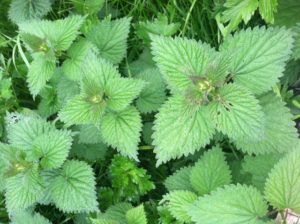
Nettle is the most nourishing of all plants. It’s nourishing herbal infusion is exquisite. I am an herbalist because of Stinging Nettle.
- The first task is to harvest the plant and dry it. Questions to ask and research. Which part of the plant do you wish to harvest? When is the best time of year to harvest this part of the plant? What method of drying the herb will work the best? How do I store the herb once it is dry?
- Once you have dried this plant, you can now make nourishing herbal infusion. Use one ounce dry herb. Put this in a quart jar. Pour boiling water over this to fill the jar and put a lid on this. Let this sit for 4-12 hours. Strain and drink hot or cold. Refrigerate unused portion of infusion.
- There is an art to infusion making. It really depends on the plant, the part of the plant you use and what your purpose is. Singing while making herbal infusion is a way to connect with the plant.
- My favorite nourishing and tonifying herbal infusions: Stinging Nettle, Oatstraw, Red Clover, Wild Rose Hips, Hawthorne leaf and flower, Dandelion Root and Comfrey.
Making Nourishing Herbal Vinegar: Nourishing Herbal Vinegar is a medicinal strength vinegar. It can be used on your salad. It is full of vitamin and mineral richness. This vinegar can also be utilized a few teaspoons in water as a tonic. I have been utilizing the herbal vinegars I make for healing tonics more and more. The following description of making nourishing herbal vinegar is a wonderful process for gathering and preparing any plants.
- Venture outside on the land.
- Your tools will be scissors, a basket, a small jar and lid (half pint jar is best for a first undertaking), labels
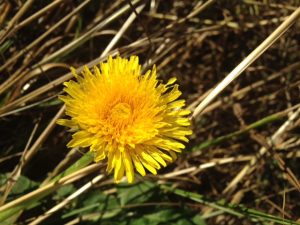
The dandelion root in full of inulin. This substance is nourishing for our gut flora. It is best to harvest the dandelion root in the beginning of Autumn. Vinegar can also be made with the dandelion flower and the leaf.
and pen and your intention.
- Ask permission of the plant you wish to harvest. Wait for an answer. Sing a little song as you go, if you like, and tell the plant what you intend to do with this vinegar. Gather the plant in your basket. Give thanks.
- Cut the plant up as small as possible. Fill the jar, lightly packed, about 3/4 of the way full with the plant. Fill the jar again to the top with apple cider vinegar. Put the lid on and label it with name, botanical name, date and anything else, perhaps your intention or an inspiration you had when you were gathering it.
- Let this preparation sit for six weeks on a little plate in your kitchen, away from bright sunlight. Shake it up and down occasionally. And notice when the vinegar soaks into the plant and more vinegar is needed to fill the jar.
- When six weeks comes around, strain this nourishing brew through a cloth and a sieve and fill a beautiful bottle with it.
- Take the time to cook some green, cook them an hour and serve them in a beautiful bowl. Pour your healing vinegar brew over them and give thanks again for the healing ways of the plant you gathered.
- Speak again your intention for creating this vinegar and eat of the earth, nourishing yourself with food crafted with your own hands.
- Some favorites for nourishing herbal vinegar: Stinging Nettle, Dandelion root, Wild Rose leaf and flower and Wild Rose hips, Douglas fir needles, Hawthorne Berry.
Herbal Infused Oil:
- I make this herbal preparation with organic olive oil.
- Gather the plants when they are most potent. If there has been rain, wait at least two days before gathering.
- Cut or chop this plant into small pieces. You can explore what works best for you. Fill a jar about 2/3 full.
- Pour olive oil over this to the very top. Put a lid on this and shake up and down.
- Label this with name, botanical name and date and perhaps something you thought of or an inspiration you had while gathering. Put this on a plate. (Infused oils tend to ooze evenly when tightly capped.) Let this sit for six weeks and strain.
- Use a strainer without a cloth. Empty everything in the jar into this. Squeeze out the oil from the plant matter. Don’t squeeze every bit out as you don’t want a lot of moisture in this. Pour this healing oil into a beautiful glass bottle. Herbal infused oil is the beginning of healing. Most oils are used topically to heal the skin, soothe sore muscles and nerves and nurture.
- Some Favorites for herbal infused oil: Plantain, Wild Rose leaf and flower, Calendula blossom, Lavender, St. Joan’s Wort, Dandelion flower, Douglas Fir needles, Cottonwood buds.
Herbal Infused Honey: Gather plants when they are most potent, ones that have not been rained on for a few days.
- Fill a jar 2/3 full of plants. Now drizzle honey over the herb until it reaches the rim. This project will take a few days to complete. The honey takes its sweet time soaking into the herb and reaching the bottom of the jar. You will need to continue to pour honey over the herb until the entire mass of it is covered and the honey reaches the top.
- Amazingly enough, I like to wait for about six months before straining the honey. It seems to always work that way. You can certainly strain it within six weeks but somehow it just tastes better after a good long soak. Honey is my ally. The bees my friends and companions in the garden. I thank them for such a deep golden gift.
- Some favorite for herbal infused honey: Wild Rose, Lavender, Elecampane root, Hawthorne berry.
Herbal Tincture:
- This herbal preparation is made with alcohol. I have been using organic alcohol from Alchemical Solutions and then dilute it to a percentage of 60% alcohol for most herbal preparations. Recently I switched back to 100 proof vodka while I research the use of diluted grain alcohol.
- I use Herbal Tinctures less frequently than I do the other herbal preparations described here. They are
stronger medicinally and used for specific remedies. I do love to make tinctures though. What a wonderful way to heal…from the earth, gathered by you, and then taken into you.
- Gather the plants when they are most potent.
- Cut or chop this plant into small pieces. Fill a jar about 2/3 full. Pour alcohol over this to the very top. Put a lid on this and shake up and down.
- Label this with name, botanical name and date and perhaps something you thought of or an inspiration you had while gathering. Let this sit for six weeks and strain.
- Place a clean cloth over a strainer (I use dish cloths that have warn out a bit.) Empty everything in the jar into this. Wrap the cloth around the herb and squeeze out all the alcohol to the last drop you can get. Pour this healing substance into a beautiful glass bottle.
- Some favorites for herbal tincture: Dandelion root, Motherwort, St. Joan’s Wort, Wild Rose, Hawthorne leaf and flower, Hawthorne Berry, Echinacea root.
May the compassionate wisdom of the plants nourish and heal you.
May it be in Beauty.
Green Blessings,
Julie Charette Nunn, Crow’s Daughter
Our Disclaimer ~ Reclaiming Your Health
I invite you to take full responsibility for your health and well-being. Any information about herbs that is shared throughout this home study course is as old as the hills and is offered for educational purposes only. We do not claim to diagnose or cure any illnesses with this information and trust that you fully acknowledge and understand that. May you find your well-being within you.
